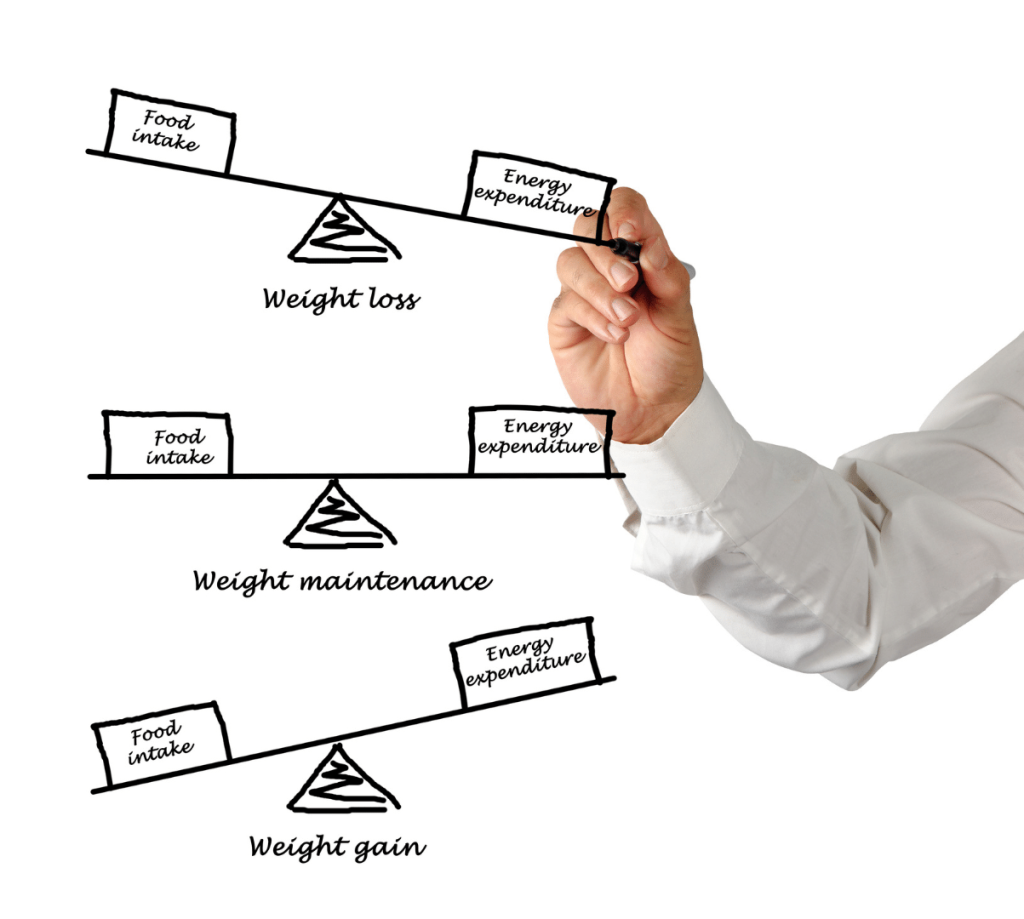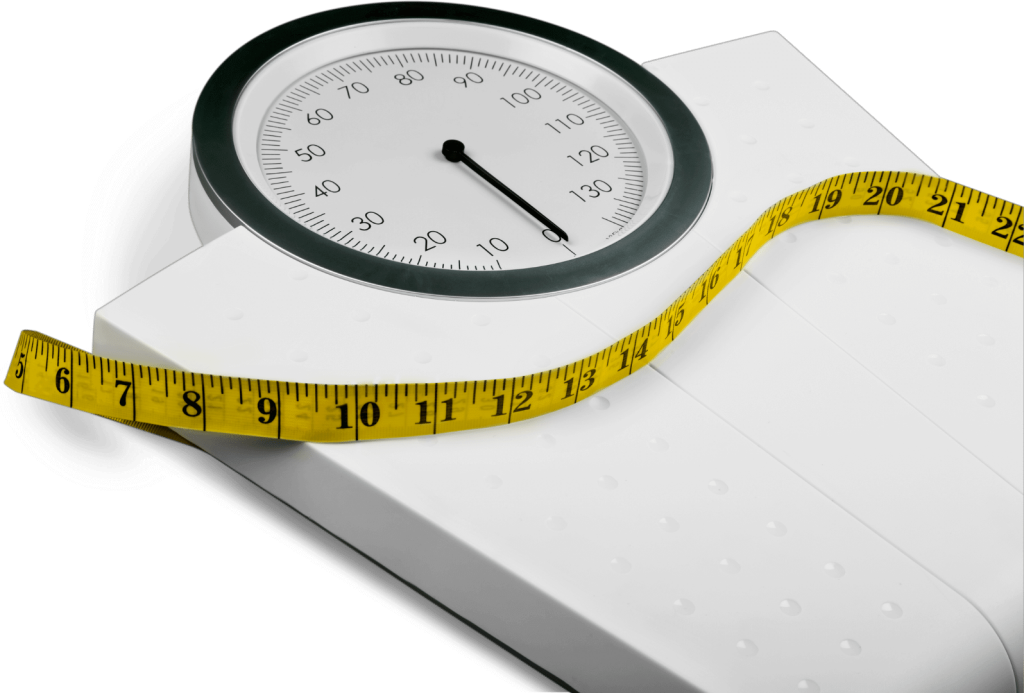
What Is Reverse Dieting and How Does It Work?


What Is Reverse Dieting and How Does It Work?
However, to maintain your results, you’ll also have to eat less as your metabolism drops and hunger goes up after weight loss. Wouldn’t it be nice to maintain your results without starving every day?
We are not here to suggest a magic pill that burns calories while you do nothing. Instead, we will take a more scientific approach: a diet that reverses some of the physiological changes after you’ve hit your fat loss goals.
What Is Reverse Dieting?
Reverse dieting refers to an eating plan that focuses on gradually increasing the calories you consume. This plan takes place over a few weeks to months in order to show results. The goal of reverse dieting is to boost your metabolism while allowing you to eat more food.

If done correctly, you’ll maintain the weight you lose and be able to eat more on a maintenance diet.
The concept of this diet stems from bodybuilders. To get that incredible and unearthly physique we see in these athletes, bodybuilders follow strict diets to lose nearly all the fat they have on their bodies. These diets, however, are unsustainable and can actually be damaging to their overall health and well-being.
Once the competition is over, bodybuilders return to a more balanced diet. Typically, that means eating more calories to help the recovery process. If they immediately go back to the same number of calories they consumed prior to competition, they will gain a lot of fat. This happens because losing a lot of body fat can lower calorie expenditure due to metabolic adaptation.
Also, physique competition prep usually involves very aggressive calorie-cutting protocols that puts their body into extremely low body fat towards the competition. According to the setpoint theory, your body wants to return to its set point weight. So, if you are leaner than your setpoint weight, it will reduce your metabolism, and make you more sluggish and hungrier until you return to your setpoint weight.
For example – if a physique athlete used to consume 4,000 calories per day to maintain weight and cut down to 2,000 calories for the competition, going right back to 4,000 calories can cause rapid fat gain. This is why many bodybuilders gain weight after competitions, as do most dieters after they hit their weight loss goals.
The good news is that your metabolism acts like a slingshot. Eating more calories makes your body adjust to burning slightly more calories through basal metabolic rate and micro movements (non-exercise activity thermogenesis). But this adjustment is rather small– around 50 – 300 calories depending on your age, gender, and size.
Reverse dieting involves taking advantage of this metabolic slingshot. It’s helped bodybuilders and non-bodybuilders transition from a very low caloric intake to being able to maintain their physique at a higher calories. The transition between the two states gradually boosts metabolic rates, while minimizing fat gain.
We believe reverse dieting is a great tool to maintain fat loss results and prevent rebound fat gain.
Reverse Dieting To Fix Metabolism
Reverse dieting originates from a physiological concept called adaptive thermogenesis. Restricting caloric intake and losing fat activates the starvation mode in the brain, which tells your other organs to limit energy use. It also increases appetite in an attempt to boost caloric intake. On the other hand, eating a few more calories, up to ~200 calories, can allow your metabolism to adapt to burning more calories without storing them as fat.

Why People Tend To Regain Weight After Losing Weight Through Caloric Restrictions
Increasing Hunger Hormones
Pushing yourself to consume more calories is your brain’s best bet to get more energy, which it often craves during times of caloric restriction.
This is why the hypothalamus stimulates the release of ghrelin and suppresses leptin. Ghrelin stimulates hunger, whereas leptin tells the brain you are full, or satiated. These changes in hormone levels will cause you to eat more and eventually gain weight.
Slowing Down Your Basal Metabolic Rate (BMR)
To rationalize the use of energy, your brain prioritizes vital functions that keep you alive. Therefore, other mechanisms that normally burn calories are slowed down.
If the fat loss or caloric restriction are sufficiently aggressive, many people find that their thyroid and sex hormone functions go down overall. These declines may be subclinical, not enough to diagnose any disease but you may feel less energized, colder, and lower libido. Some premenopausal women may develop longer or less regular menstrual cycles once their body fat goes too far below their setpoint.
In the long run, living with very low caloric intake is unhealthy because it means you’ll provide your body with less resources for regenerative processes, hormone balance, immune functions, and more. This means you’ll generally feel miserable and feel worse than if your body had more calories to allocate to these processes.
Feeling worse doesn’t include cases where the excess fat or obesity cause some health issues that then improve with fat loss. Obesity, especially with fat between organs, is comorbid with numerous health issues such as diabetes, osteoarthritis, heart disease, and hypertension. In cases of overweight and obesity, fat loss will improve health and hormone balance, and often make you feel better. However, reverse dieting and having the right maintenance plans are crucial for maintaining the results long-term.
We cover this topic of basal metabolic rate in greater detail here.
Decreasing Exercise Activity Thermogenesis (EAT)
From the perspective of your primitive brain, caloric restriction and fat loss mean you are starving. Therefore, it limits the energy use of your muscles, even while you work out.
Decreasing Non-Exercise Activity Thermogenesis (NEAT)
NEAT accounts for daily tasks that use energy, but are not active exercise. This can be walking around the house, vacuuming, doing dishes, etc. NEAT also includes any fidgeting and micro-movements that you may make throughout the day.
Your body reduces NEAT as well when it feels as if it is starving.
Delaying Digestion
The purpose of this step is to absorb as much energy as possible from the limited food you’re consuming. In addition, food’s thermic effect decreases. Thermic effect is the energy needed to break down and absorb nutrients.
All the above physiological adaptations that take place during calorie restriction should give you an idea about the importance of reverse dieting.
Gradually increasing caloric intake will increase your metabolic rate and optimize the release of hunger hormones. Eventually, this can mitigate weight regain after weight loss.
Benefits Of Reverse Dieting

Promotes Weight Loss
Clearly, the most desired benefit of reverse dieting is weight loss, or at the very least, preventing weight regain. Reverse dieting is a key step in keeping the weight off.
It just makes sense.
Restricting your calories decreases NEAT and the release of leptin. Ergo, increasing your calories should do the exact opposite.
One interesting aspect of reverse dieting is its ability to prevent binge eating.
This is a common issue among those trying to lose weight who engage in a severely restrictive diet. By restoring your hunger hormones to normal, reverse dieting stops you from overloading yourself with food. Eating more calories in general will provide you with more nutrients, so you’ll also be healthier.
Allows You To Eat More
Eating more food while on a reverse diet regimen is one of the reasons behind this diet’s popularity. Who knew that you can eat more, AND lose weight?
Restricting your intake of calories for weeks or months is a torturing experience. In the long run, you want to enjoy your food without worrying about weight gain. Reverse dieting might just be the answer you’ve been looking for.
Boosts Your Energy Levels
We mentioned that the body mitigates the use of energy when it senses low caloric intake. This means feeling tired all the time and undergoing mood swings. Exactly what you don’t want.
The causes of energy depletion may be a genuine deficiency of calories or a lack of essential nutrients.
In the long run, staying at a higher maintenance calorie level will give you more energy and better nutrient status.
Suppresses Hunger
We have repeatedly emphasized the effects of caloric restriction diets on hunger and appetite.
In a recent study, researchers recruited 14 bodybuilders who followed severe calorie restrictions for 10 weeks. When their blood test results came back, researchers found that their leptin levels had dropped by 27.7%. At the same time, ghrelin had increased by 26.4%.
The combination of low leptin and high ghrelin induces extreme feelings of hunger and lethargy.
For those of you who are still a bit unfamiliar with these hormones, here is a brief breakdown:
- Ghrelin is the hunger hormone that tells your brain it’s time for food. It is released by your stomach.
- Leptin is the fullness hormone that tells your brain you’ve had enough. It is released by adipose tissue (fat).
Reverse dieting accelerates the normalization of these hormones, which in turn lowers the chances of experiencing food cravings.
How To Properly Reverse Diet

As a rule of thumb, you need to add 50–150 calories per week for 5–10 weeks to begin seeing the effects of a reverse diet.
Note that 16 grams of peanut butter contain around 100 calories. That’s one tablespoon of food. In other words, adding one tablespoon of peanut butter per day is enough to transition you from week 1 to week 2.
There are two general approaches to reverse dieting – a conservative and an aggressive approach.
A conservative approach takes quite a while until you’re back to your pre-diet food intake levels. This approach is better at controlling hunger feelings and other side effects. For this approach, increase your caloric intake by 5% each week.
The second approach is ideal for people with a very active lifestyle who want to restore their energy levels as soon as possible. To adopt this approach, increase your calories by 15–20% directly after stopping a calorie-deficit diet. After that, return to increasing your food intake by 5% each week.
Generally, reverse dieting can take as much discipline as dieting does because you have to precisely track your calories. It helps you maintain mental vigilance.
In principle, the fat loss should be minimal, but it’s also possible for this to go wrong. Therefore, it is a good idea to continue tracking your body composition.
Should You Reverse Diet?
The short answer is yes.
Anyone who has followed a restrictive diet and doesn’t want to regain the lost weight should try reverse dieting. Gradually increasing your calories will give your body the time to re-adapt to a higher metabolic state.
However, if you fall into one of the groups below, reverse dieting is a no-brainer to keep your hard-earned results:
Final Form Fat Loss Goal Achieved
If you’ve reached your fat loss goal through caloric restriction, adapting a reverse diet is a great idea. When calorie intake reaches 7 calories per pound or lower, your brain function and energy levels will be compromised.
Physique Or Bodybuilding Competitors
Intense caloric restriction is the norm during contest prep for bodybuilders. After the competition is complete, it’s super important to gradually increase the amount of food you’re eating. Otherwise, you’ll experience “ballooning”. This is exactly what happened to Wade, causing him to gain 42 pounds after competing in Mr. Universe.
Final Form Goal NOT Achieved, But Calories Are Too Low
As mentioned above, once you hit sufficiently low calorie intake, your brain function will decline, and energy levels will worsen. Your body will also fight back due to being in starvation mode, making additional weight loss even harder. If this is you, reverse dieting is a great idea to bring your maintenance calories up and give your body a break. This makes creating a caloric deficit easier in the future, and your body will also respond better.
Adopting a reverse diet is a fantastic idea for anyone looking to maintain their weight loss achievements, especially if you happen to fall into one of the categories above.
The best part about reverse dieting is that it’s completely safe. There are few to no side effects of following this style of diet, so we don’t see any reason you shouldn’t do it. It’s a win-win situation.
Takeaway Message
Reverse dieting is a fantastic maintenance strategy that helps you transition from caloric restriction to a more balanced caloric intake. The goals of this diet revolve around preventing weight gain, limiting the side effects of the sudden increase of calories, and controlling your hunger responses.
We hope that this article has managed to demonstrate the potential benefits of reverse dieting and how this simple trick can prevent rapid weight gain after weight loss.
References
- Trexler ET, Smith-Ryan AE, Norton LE. Metabolic adaptation to weight loss: implications for the athlete. J Int Soc Sports Nutr. 2014;11(1):7. doi:10.1186/1550-2783-11-7
- Martínez-Gómez MG, Roberts BM. Metabolic adaptations to weight loss: A brief review: A brief review. J Strength Cond Res. 2022;36(10):2970-2981. doi:10.1519/JSC.0000000000003991
- Dulloo AG. Physiology of weight regain: Lessons from the classic Minnesota Starvation Experiment on human body composition regulation. Obes Rev. 2021;22 Suppl 2(S2):e13189. doi:10.1111/obr.13189
- Klok MD, Jakobsdottir S, Drent ML. The role of leptin and ghrelin in the regulation of food intake and body weight in humans: a review. Obes Rev. 2007;8(1):21-34. doi:10.1111/j.1467-789X.2006.00270.x
- Harvey-Berino J. Calorie restriction is more effective for obesity treatment than dietary fat restriction. Ann Behav Med. 1999;21(1):35-39. doi:10.1007/BF02895031
- Cialdella-Kam L, Guebels CP, Maddalozzo GF, Manore MM. Dietary intervention restored menses in female athletes with exercise-associated menstrual dysfunction with limited impact on bone and muscle health. Nutrients. 2014;6(8):3018-3039. doi:10.3390/nu6083018
- Guh DP, Zhang W, Bansback N, Amarsi Z, Birmingham CL, Anis AH. The incidence of co-morbidities related to obesity and overweight: a systematic review and meta-analysis. BMC Public Health. 2009;9(1):88. doi:10.1186/1471-2458-9-88
- Mansell PI, Macdonald IA. The effect of starvation on insulin-induced glucose disposal and thermogenesis in humans. Metabolism. 1990;39(5):502-510. doi:10.1016/0026-0495(90)90009-2
- Levine JA. Non-exercise activity thermogenesis (NEAT). Best Pract Res Clin Endocrinol Metab. 2002;16(4):679-702. doi:10.1053/beem.2002.0227
- Tai MM, Castillo P, Pi-Sunyer FX. Meal size and frequency: effect on the thermic effect of food. Am J Clin Nutr. 1991;54(5):783-787. doi:10.1093/ajcn/54.5.783
- Goldfield GS, Blouin AG, Woodside DB. Body image, binge eating, and bulimia nervosa in male bodybuilders. Can J Psychiatry. 2006;51(3):160-168. doi:10.1177/070674370605100306
- Mathes WF, Brownley KA, Mo X, Bulik CM. The biology of binge eating. Appetite. 2009;52(3):545-553. doi:10.1016/j.appet.2009.03.005
- Harvie M, Howell A. Potential benefits and harms of intermittent energy restriction and intermittent fasting amongst obese, overweight and normal weight subjects-A narrative review of human and animal evidence. Behav Sci (Basel). 2017;7(1):4. doi:10.3390/bs7010004
- Mäestu J, Jürimäe J, Valter I, Jürimäe T. Increases in ghrelin and decreases in leptin without altering adiponectin during extreme weight loss in male competitive bodybuilders. Metabolism. 2008;57(2):221-225. doi:10.1016/j.metabol.2007.09.004
